1. Red Rover
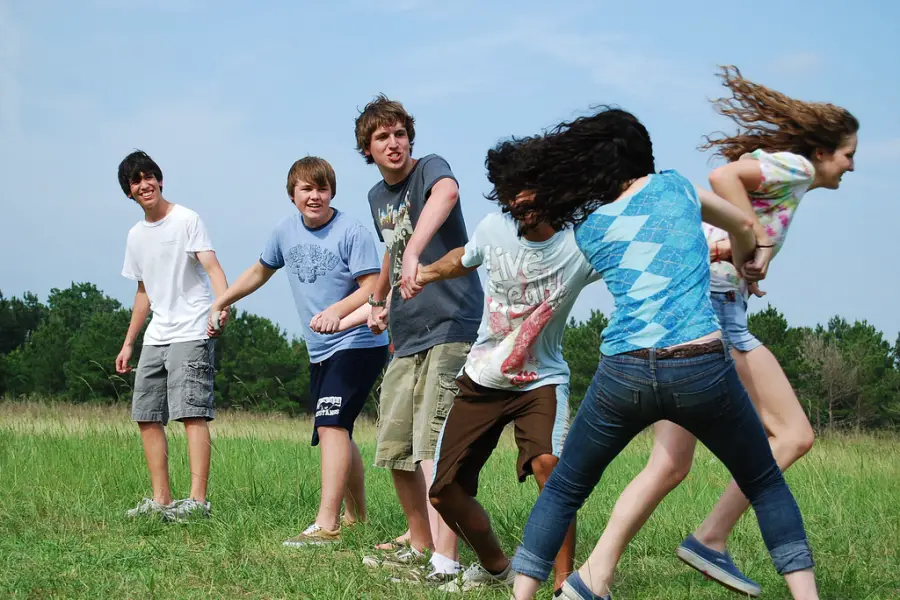
Red Rover might not have started in the countryside, but rural schoolyards made it a favorite. Kids would line up in open fields, linking arms as tight as possible before calling someone over. The runner charged with all their strength, hoping to break through the human chain.
It was loud, rowdy, and often left kids rolling in the grass. Sometimes smaller players got the short end of the stick, slammed back by bigger kids. Still, it was one of the most exciting games to play on a wide patch of country dirt. Even though it came with bruises, the thrill of breaking through made it unforgettable.
2. Dodgeball
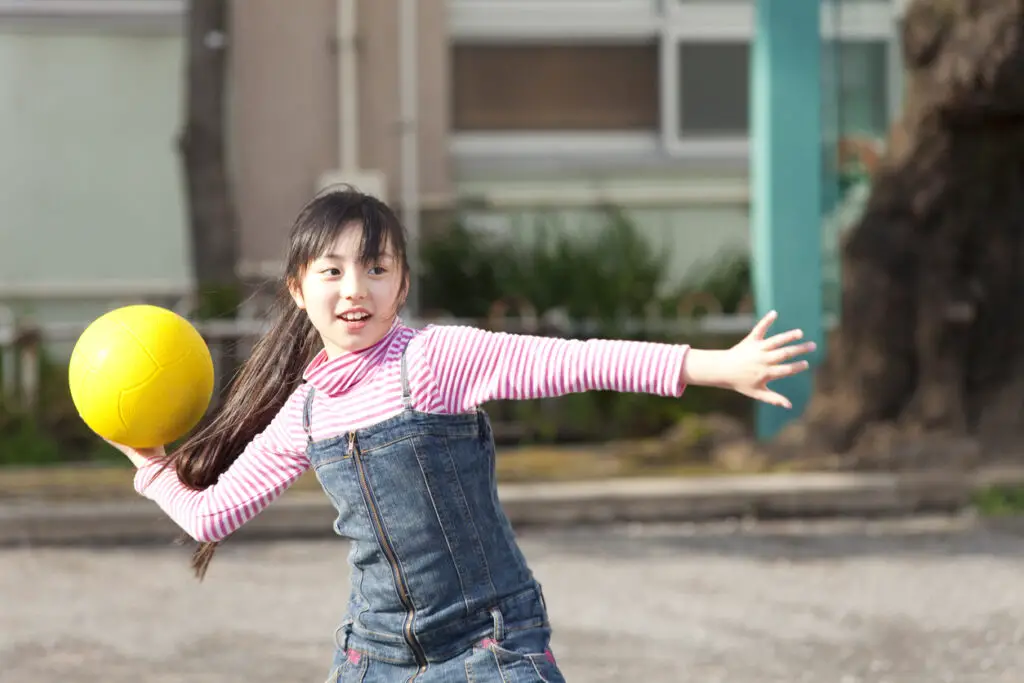
Country schools didn’t need fancy equipment for fun—just a rubber ball and a big patch of open ground. Dodgeball was a rural staple, and the rules were simple: hit or be hit. The bigger the throw, the more it stung, and in small towns, everyone knew who had the strongest arm.
Kids often played in dusty lots, where dodging meant slipping on dirt or even taking a tumble into the grass. The game could turn brutal, with some kids ganging up on one unlucky target. But it was part of the fun, and for better or worse, it bonded classmates through shared welts.
3. Crack the Whip
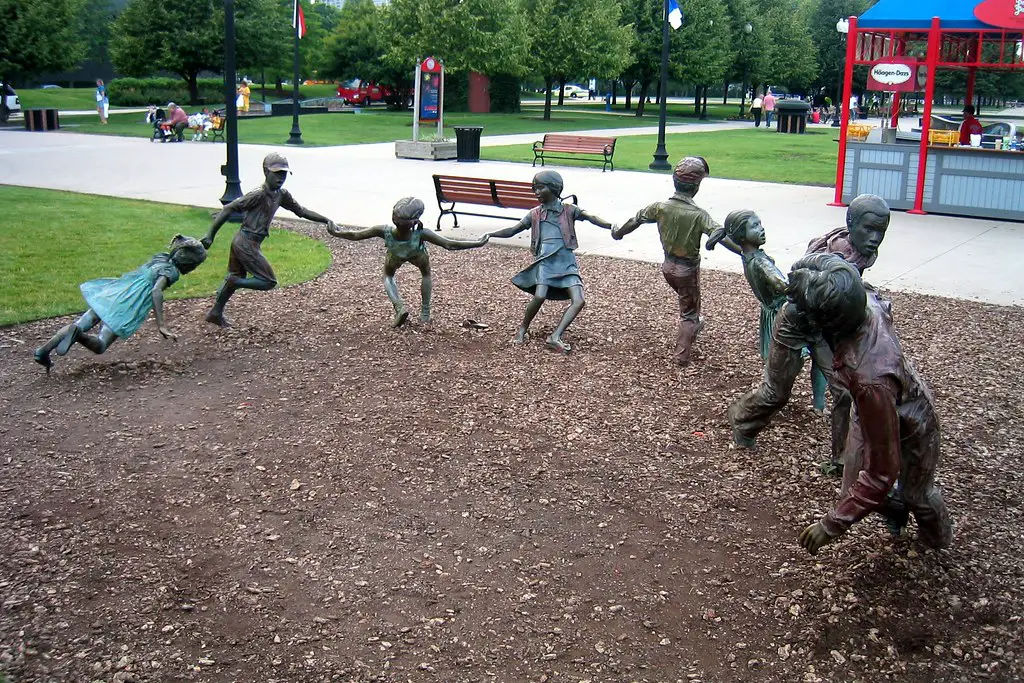
With all the open space in rural towns, Crack the Whip was irresistible. Kids linked hands and ran in a line until the poor kid on the end went flying. The faster they ran, the harder the whip snapped, sending kids skidding across grass or gravel.
The danger didn’t stop anyone from joining in. Every fall was part of the laughter, even if it meant scraped knees or twisted ankles. Wide farm fields and playgrounds gave kids plenty of room to test their limits. It was reckless, yes, but country kids considered it a badge of honor to hang on.
4. King of the Hill
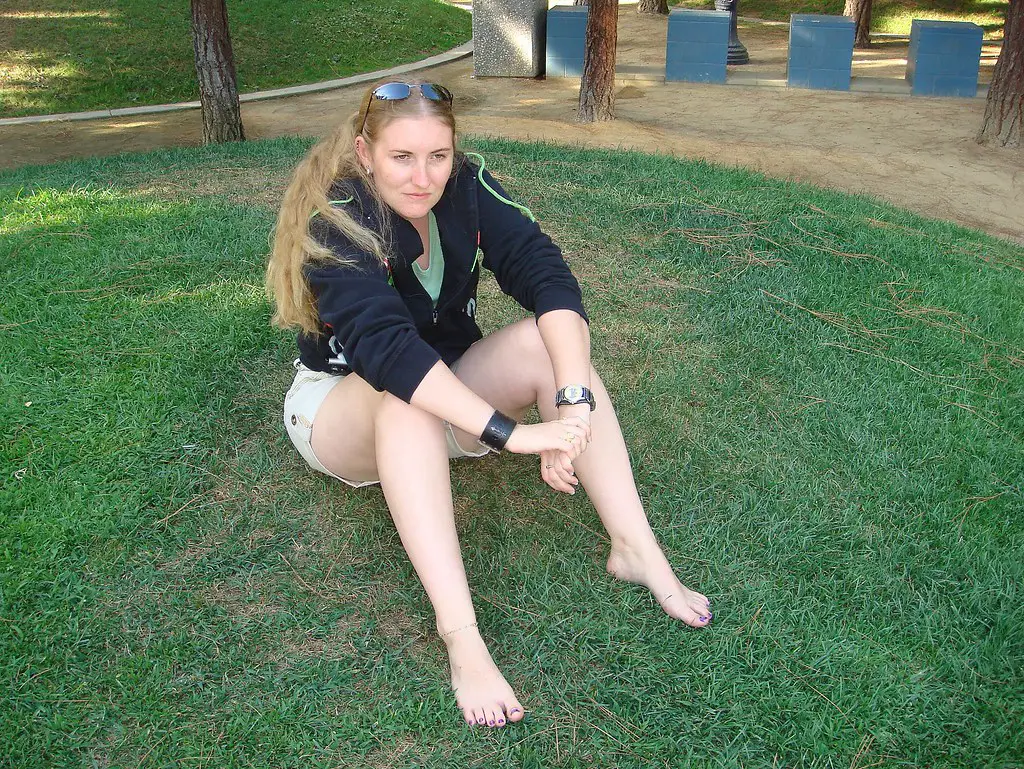
Country kids didn’t need playgrounds when there was a mound of dirt, a pile of hay, or a snowy hill nearby. King of the Hill meant climbing up and pushing everyone else back down. It was as much about strategy as it was about brute strength.
The rough-and-tumble style fit small towns perfectly, where kids made do with what was around them. Being “king” might last only a few seconds before someone else shoved you off. Bruises and torn clothes were just part of the deal. For rural kids, the bragging rights were worth every scrape.
5. Bull in the Ring
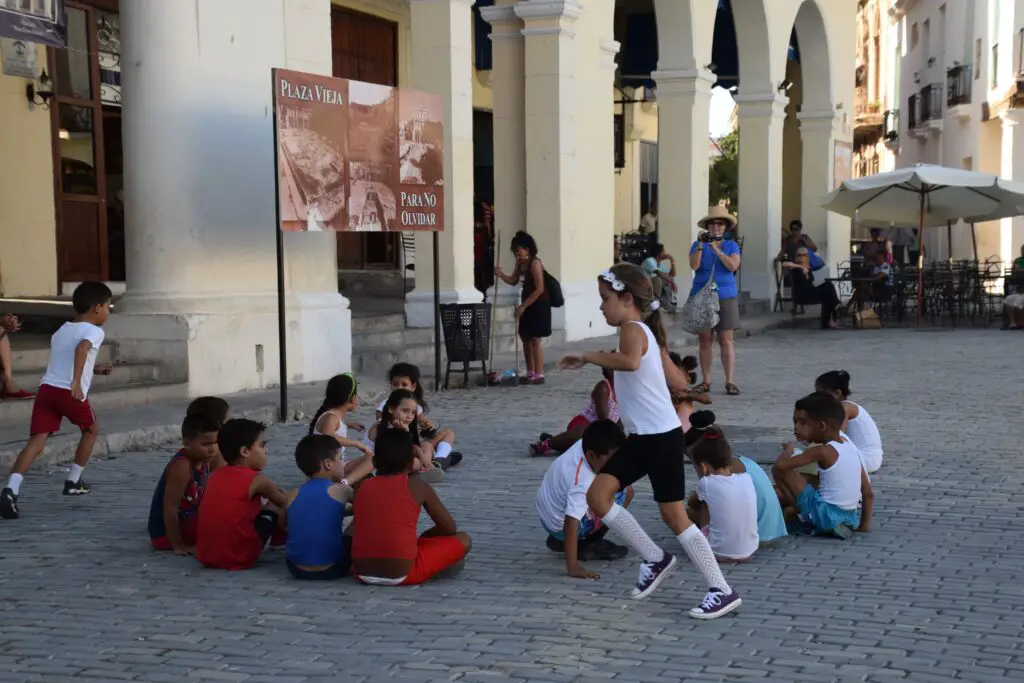
Rural recess sometimes doubled as football practice, and that’s where Bull in the Ring came in. One kid stood in the center while everyone else circled up. At random, players would rush in, tackling the person in the middle.
It was rowdy, uneven, and sometimes painful. The kid in the middle rarely stood a chance, but proving you could hold your ground made it worthwhile. On small-town playgrounds, it was just another way to test toughness. It’s no surprise teachers eventually cracked down on it.
6. Marbles
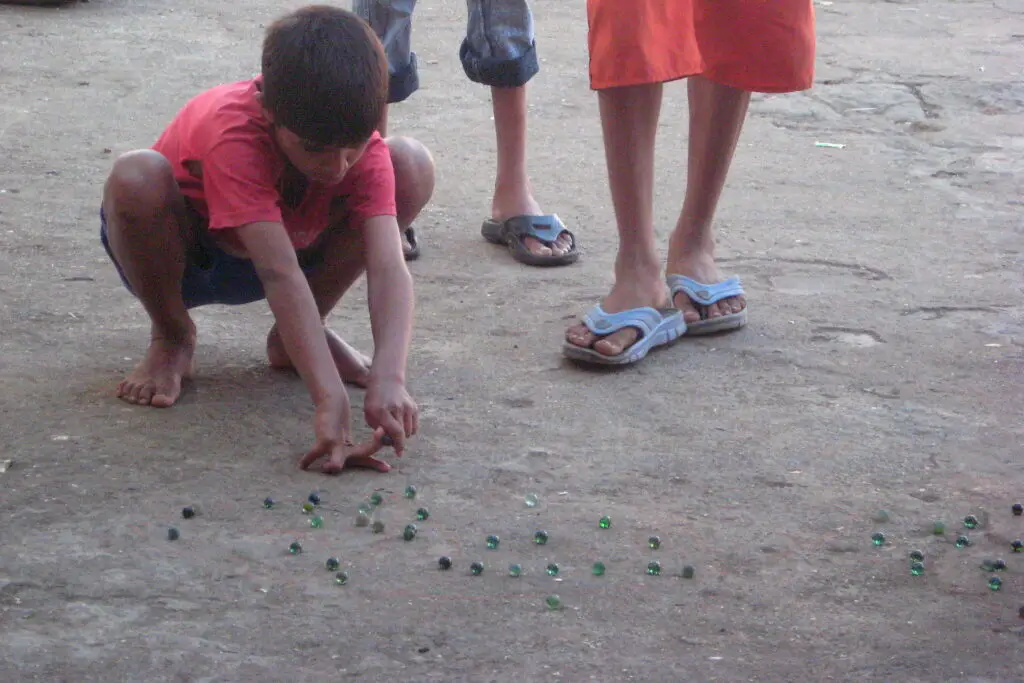
Marbles weren’t just for collecting—they were a full-on competition in country schoolyards. Kids knelt in the dirt, flicking their glass pieces to knock others out of the circle. The sharp edges and flying chips often left scraped knuckles behind.
Some rural kids even carried bags of marbles and turned them into mini-battles after school. With plenty of open ground, games could last for hours. Winning meant adding someone else’s prized marble to your stash. It may not sound thrilling today, but in small towns, it was a big deal.
7. Wall Ball
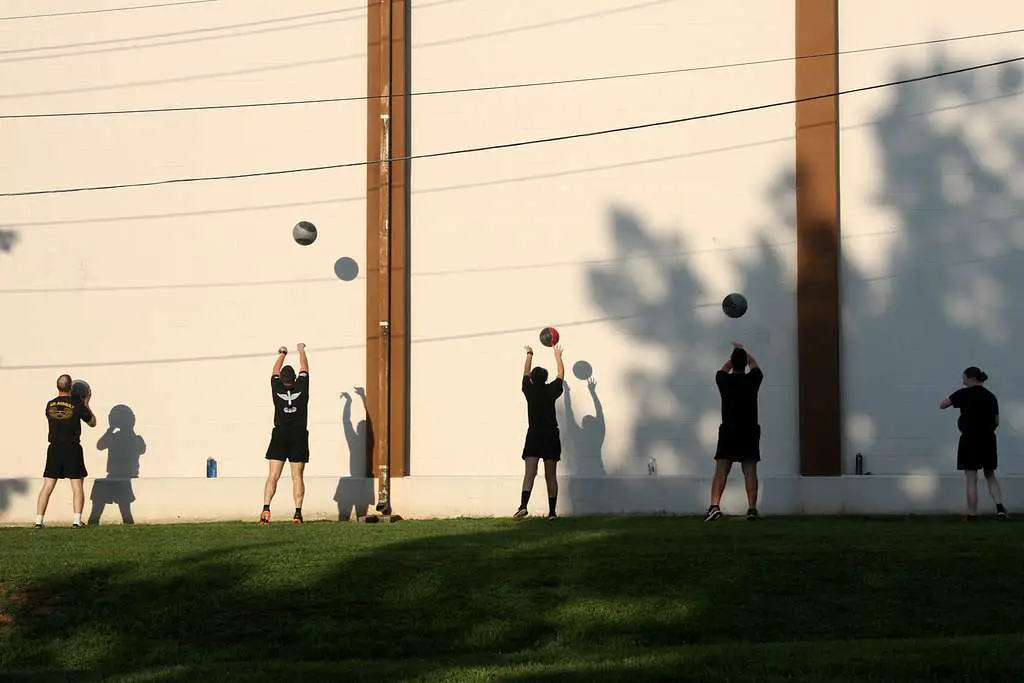
All you needed for Wall Ball was a solid wall, a ball, and a group of restless kids. In rural towns, it might be the side of a barn or a brick schoolhouse. The goal was simple: avoid being the last one tagged when the ball came back.
The speed of the game made it addictive. The unlucky kid stuck against the wall often braced for a hard hit, and welts were common. Still, it was one of the easiest ways to pass the time in small towns. The echo of the ball smacking the wall was a sound every rural kid remembered.
8. Tug-of-War
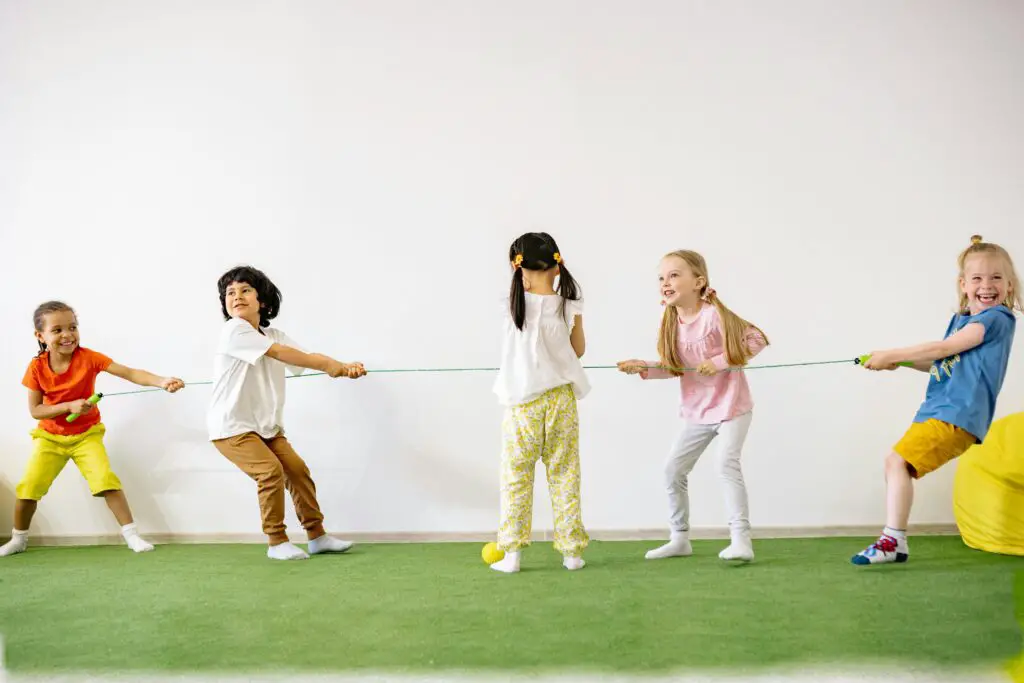
At rural field days and church picnics, Tug-of-War was the main event. Two teams gripped the rope and pulled with everything they had, often on uneven ground. When one side gave out, it usually ended with kids tumbling into dirt or mud.
The rope itself added to the danger, leaving palms raw with burns. But the fun was in the struggle, with whole communities cheering for one side or the other. In small towns, it was less about the game and more about the chance to prove who was strongest.
9. Mercy

Every rural kid knew someone who played Mercy a little too hard. Two kids locked hands and bent each other’s wrists back until one gave in. The whole point was to see who could take the pain longest.
It was quick, rough, and always attracted an audience. Some kids walked away with sore wrists for the rest of the day. In small towns where entertainment options were slim, even this painful pastime caught on. Looking back, it’s hard to believe parents didn’t notice sooner.
10. Bloody Knuckles
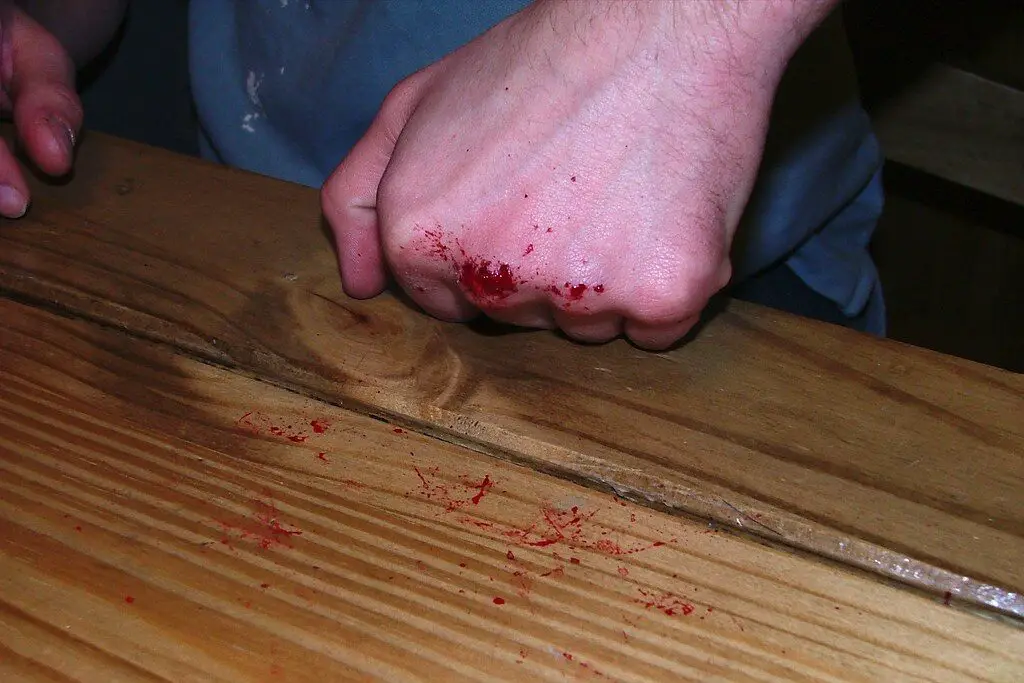
This game was all about pride. Kids would punch each other’s fists until one person gave up, and in rural schools, it spread like wildfire. The sting was bad enough, but sometimes it ended in real blood.
It wasn’t unusual to see kids comparing their bruised hands like trophies. Nobody wanted to be the one who quit first. Teachers rarely caught it since the game was over in seconds. It was simple, painful, and unforgettable for those who played.
11. Keep Away

Keep Away was as rural as it gets—one kid had an object, and everyone else tried to take it. Whether it was a hat, a glove, or a baseball, the point was to keep it moving. In open fields or dusty yards, the game could go on forever.
It was fun at first but often turned mean. The kid stuck in the middle sometimes became the target of teasing. Still, in small towns where everyone played together, it was a classic way to pass time. The chaos was half the fun, even if it ended in tears now and then.
12. Swing Jumping
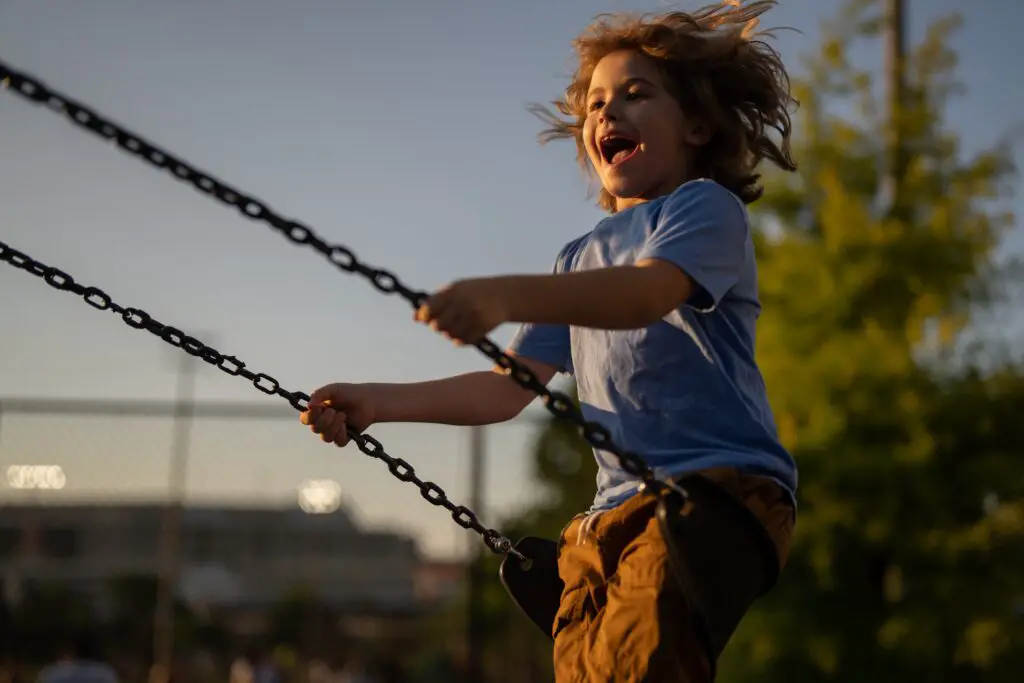
On country playgrounds, swing sets weren’t just for sitting—they were launch pads. The higher kids swung, the braver they felt when leaping off at the peak. Landing wasn’t always graceful, and twisted ankles were almost guaranteed.
The rush of flying through the air made it irresistible. Some kids even turned it into competitions, seeing who could jump the farthest. Teachers warned against it, but few kids listened. For rural towns, it was the ultimate dare that defined recess bravery.
